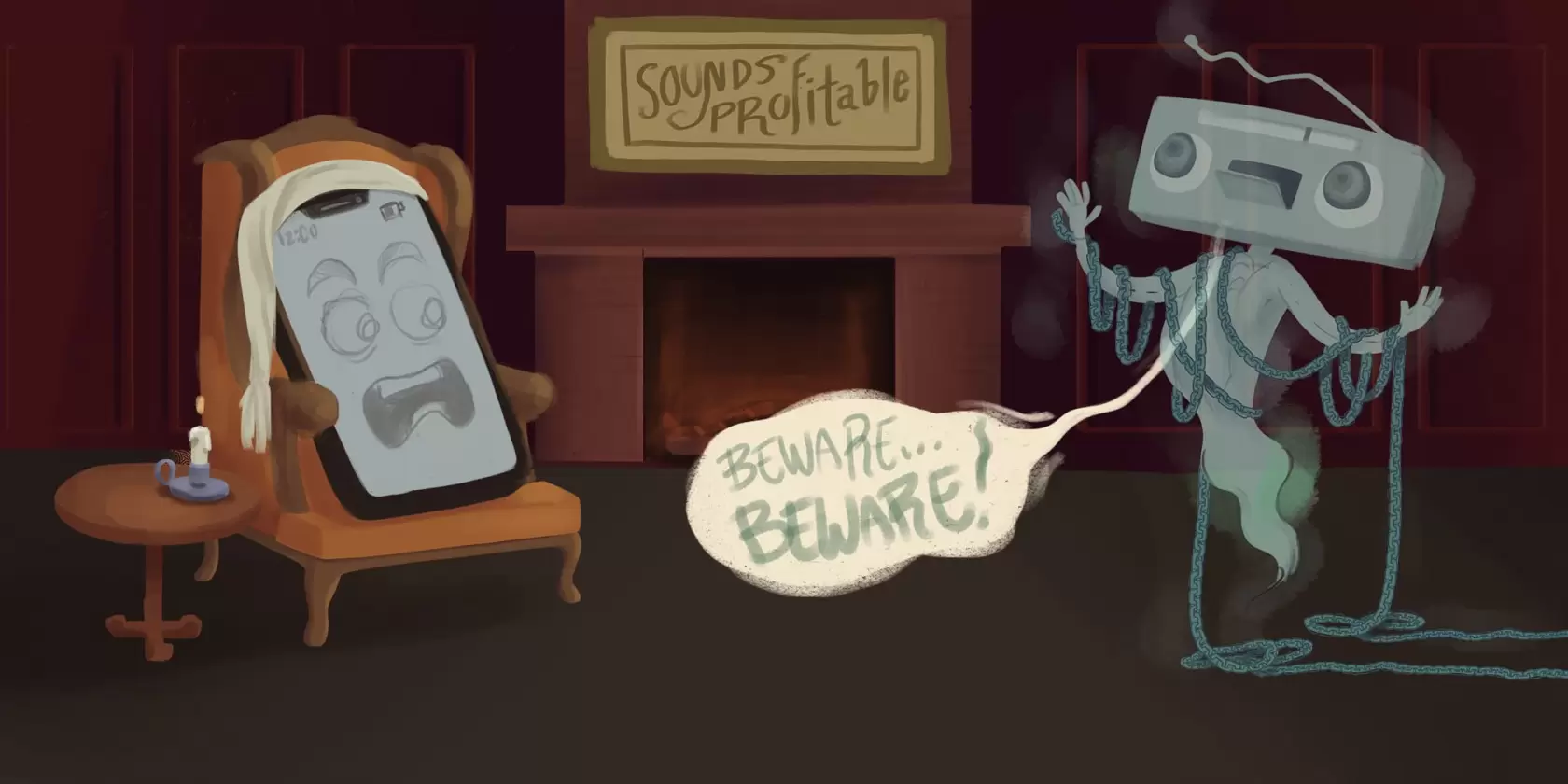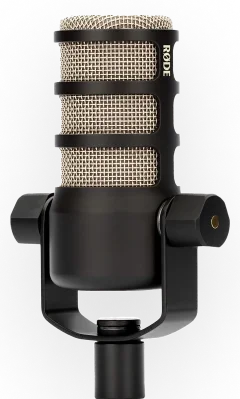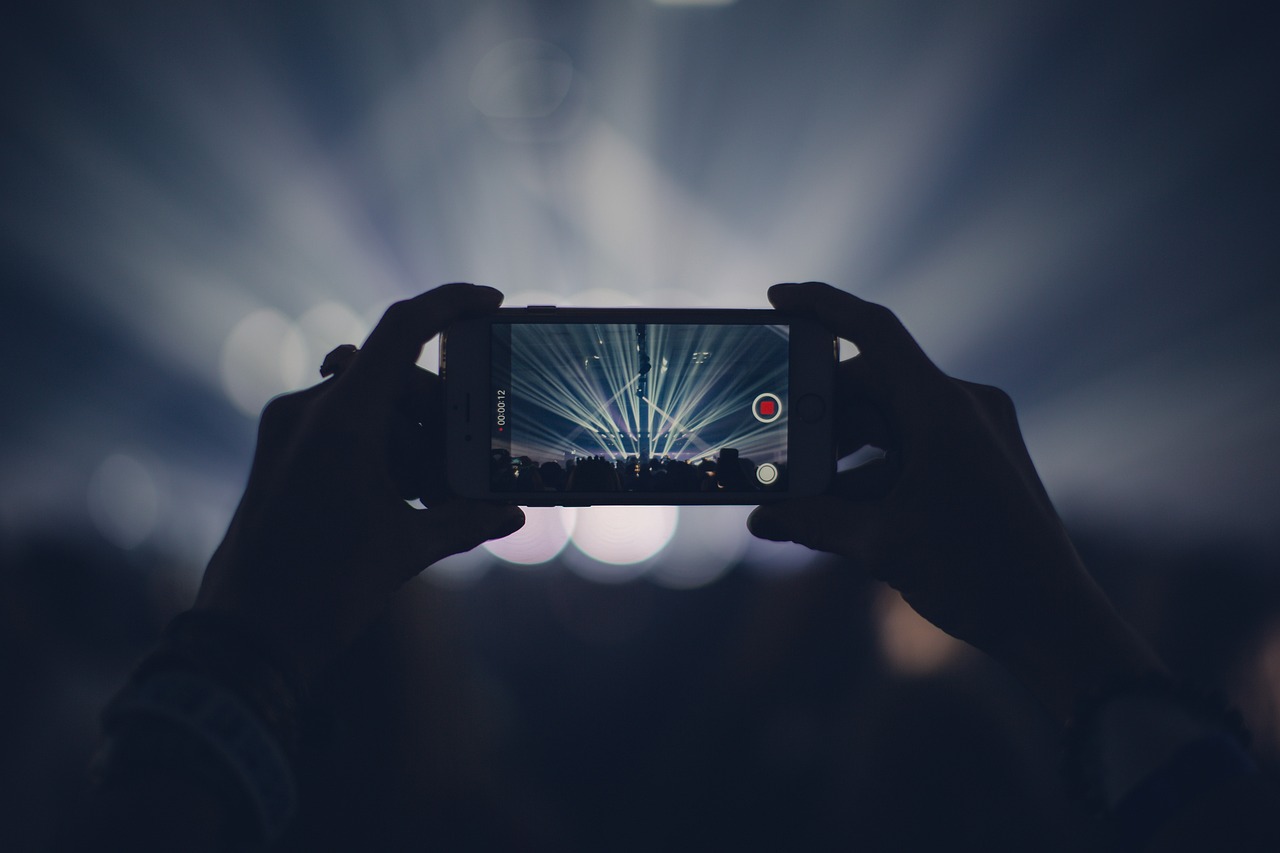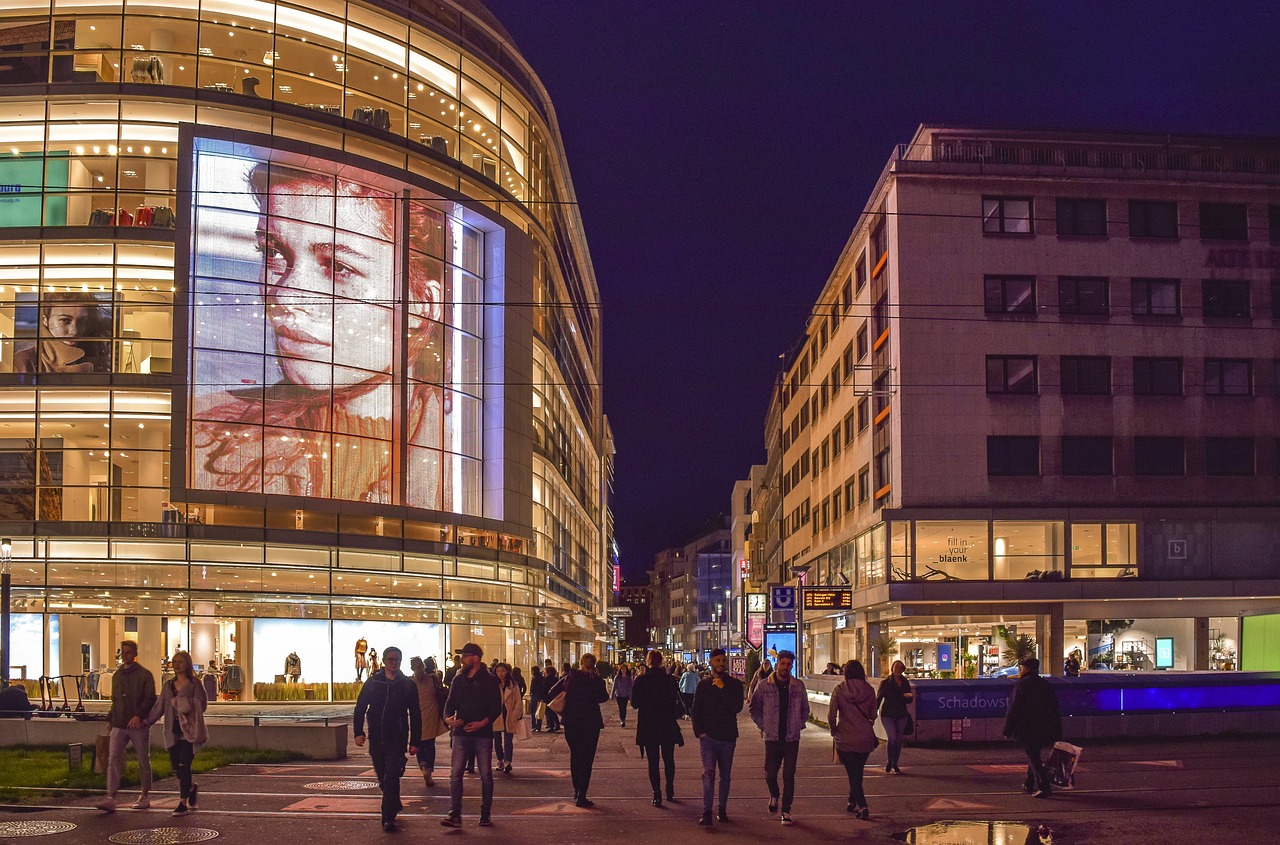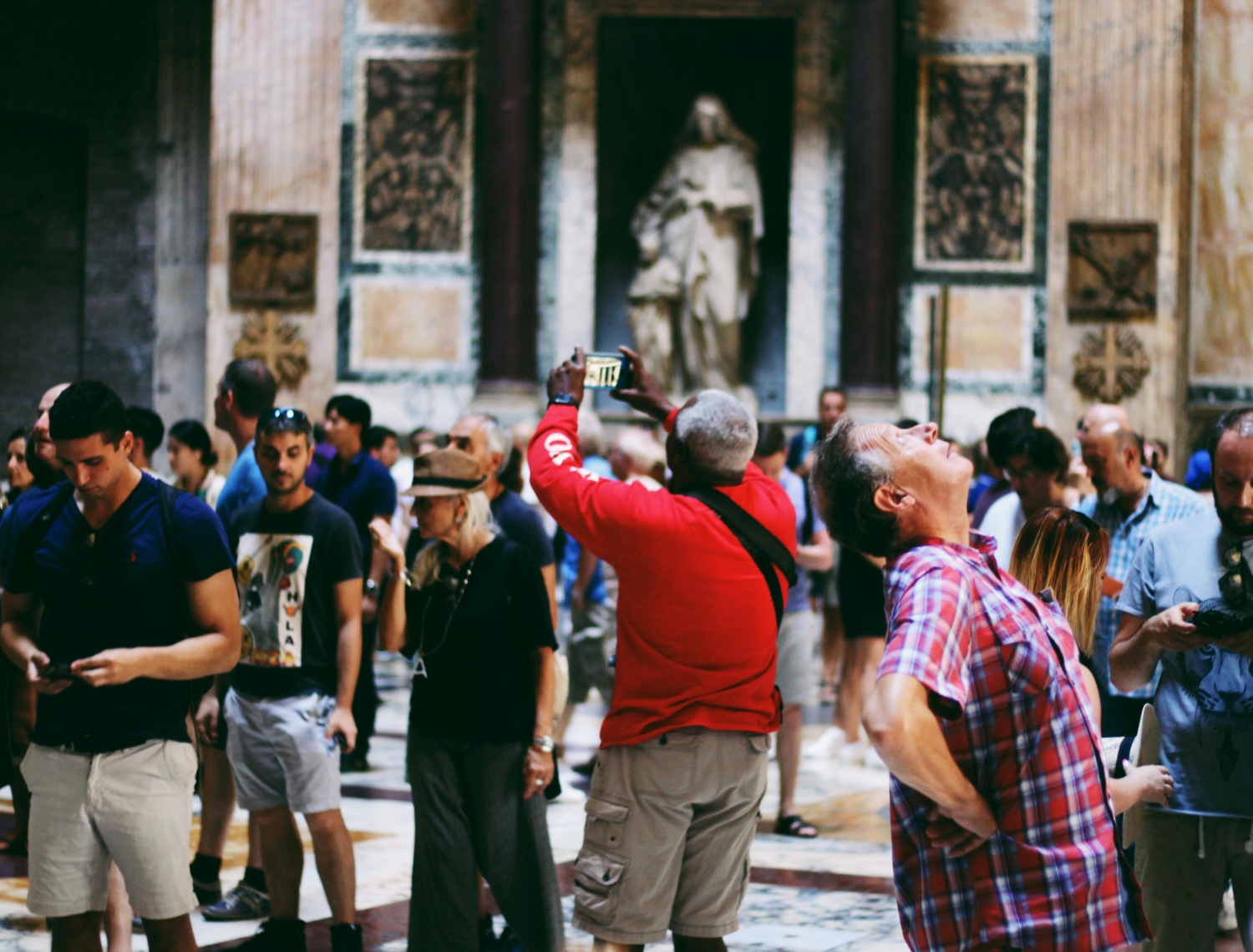Last week, I talked about some of the “horrible warnings” that podcasting can heed from commercial radio’s worst mistakes, including spotloads, talent development, and (my favorite) allowing the press to paint the industry with one brush based on the actions of a few. That’s three hopefully useful lessons, but I promised seven, and I am good at math. So, here we go with Part Two!
4. Never Be Content With Content
This is one I am particularly passionate about. When I was a super young researcher in the radio business, I was incredibly lucky to be involved with two of the biggest success stories in radio history, both in New York City: the renaissance of powerhouse top 40 station Z-100, and the launch of The Beat of New York, WKTU. These were massive feathers in my cap at a pretty young age, and I learned a TON from the brilliant teams behind those stations. I’ll get to WKTU in a second, but one of the things I will never forget about my time with Z100 in those days (it was owned by Evergreen Media, which became AMFM, and was eventually bought by Clear Channel) was the enormous commitment to programming research from the station and the whole team at Evergreen/AMFM.
My humble role there was in testing the music, and the morning show content. For music testing, every quarter I would travel to three separate locations in the NY area (Jersey, Manhattan, and Long Island) and test 600+ songs with a hundred listeners in each location. This alone was nearly a $200,000 annual expenditure, but music turns over so quickly on a Top 40 station that you really had to have it dialed in every single week before “Macarena” goes bad quicker than that avocado on your counter. In addition to all of this music testing, I also did annual focus group work with the morning show (Elvis and Elliot at the time; now just Elvis) and annual market surveys on the overall position of the station. It’s no exaggeration to say that Z100 spent several hundred thousand dollars a year on getting the content right, and this didn’t include sales research or the fees paid to Arbitron (now Nielsen) for ratings research.
Thing is, I didn’t just do this work for Z100 in NYC. I was doing this for other stations in the group, from Buffalo to Charlotte. This company was enormously successful in the ratings, because we had fantastic talent, yes–but also the benefit of a continual content/programming research plan that ensured these stations were always on the pulse of those markets.
Today, it’s funny to me when I hear the uninitiated complain about radio sounding “too researched.” Radio in 2022 has never been less researched. I am sure you could pick apart a correlation graph between overall quarter hours of listening per market with the the amount spent on content research in those markets (you know, like you can pick apart those graphs correlating murder rates and ice cream sales) but there is nonetheless a relationship there. Radio stopped doing this research at any kind of scale years ago, and there is no doubt that the product has suffered – especially with younger listeners (more on that later).
In podcasting, we aren’t quite there yet, I don’t think. I have spent most of my career in podcasting either conducting basic currency metric research (counting listeners) or researching sales and advertising effectiveness. These are certainly important, and most closely tied to getting revenue now. But if podcasting wants to continue to grow, it can’t ignore content research forever. Everytime a listener finishes a short-run series, or just stops listening to an ongoing show, it’s an opportunity to re-engage with them, and find out where their heads are at in the hopes of meeting their entertainment and information needs tomorrow. I don’t think podcasting has screwed this up, per se, but I will say that when no one is doing this kind of research, the first players to do it in any medium win big, and win quickly. I’ve seen it in every other medium. And I hope I see it in podcasting.
5. No One Will Thank You For Killing Their Joy
The other New York success story I worked on, WKTU, became one of the most successful radio launches in the history of the medium. Our company had purchased the station when it was WYNY, a country station, but country was a tough sell in mid-90’s NYC. I did a ton of music research that went into the decision to flip the format to dance, and I will never forget just how great that station sounded from the moment it went on the air. In my time working with the station I got to work with some of the biggest talent in the industry. RuPaul and Michelle Visage (now on RuPaul’s Drag Race) were the morning show. I even got thanked when the station went on the air (minute 24:20 here – as a 20-something kid, I was as over the moon as you could imagine.)
Something still bothers me about that period in my career, though. My company at the time, as I mentioned, wasn’t able to sell country WYNY in the market, even though this was PEAK Garth Brooks time. So the decision was made to flip formats, and this was a huge financial success. The station was flipped in the same way many other format changes were done – in secret, in the middle of the night. You went to bed listening to country, and you woke up listening to C&C Music Factory. In between, there was what the industry calls “stunting”; in the case of WYNY, the station played a variety of simulcasts of some of the stations owned by Evergreen in other cities, before settling on broadcasting a simple heartbeat. Fun!
Unless you loved country music. Then, not so fun. And here’s the thing: even though the company couldn’t sell country in NYC, more humans listened to WYNY than any other country radio station on the planet. True fact. What might be the number one format in Houston was scrapping for 25th in New York, but that didn’t change the fact that in the biggest city in America, hundreds of thousands of humans loved WYNY, and were pissed that they woke up to Lisa Stansfield. They didn’t get the memo. It is generally viewed as a positive in the radio industry to “blow off” existing audience as cleanly and quickly as possible to get a read on the new station, but that’s a company benefit. That’s not a listener benefit. The only thing WKTU did for country fans in New York was create ill will.
I think about this a lot in the context of podcasting. In particular, I was reminded of this when a bunch of Gimlet and Parcast shows were canceled by Spotify, resulting in the layoff of some talented podcasters. Now, I am not here to comment on whether or not these layoffs were warranted, or even about how they were handled. There have been a lot of articles talking about how the laid-off employees feel about this. But I haven’t seen any about how the listeners of those shows feel about this.Though reportedly the audience for shows like How To Save A Planet declined when they were made Spotify-exclusive, they still had audiences, and those audiences presumably enjoyed the show a great deal and made it a part of their media diet. Next month they will look for a new episode…and it just won’t be there. For a platform company like Spotfiy, they probably won’t lose a user. But “users” are indeed the language of a platform. The audience for those shows will wake up to an unwelcome change with no alternative paths. Yet, there is no more important resource for an audience-based medium than the audience you have already attracted. Podcasts are going to come and go over the years, but the humans who choose to listen are always the most important asset.
What I hope is that going forward the podcast industry recognizes just how precious existing listeners are. When those difficult decisions about a show have to be made, something is going to happen to those existing listeners, and publishers can do a lot more not just to cross-promote the next thing, but actually attempt to communicate with them, and win them over anew. I like to think about the title of a Snow Patrol song here: what if this is all the love you’ll ever get?
You’d do a couple things so differently, I’d bet.
When we have to let listeners down, we must never forget that unless something is done to value and respect them immediately, they aren’t coming back. And in a down year, we don’t have listeners to waste.
6. You Don’t Start Smoking At 30
Radio is still holding its own with adults 45 and particularly 55+ in this country. And, by the way, I expect that to continue for a while. Radio has largely punted 13-34s, but does a pretty good job satisfying older audiences who are looking largely to radio for a lean-back, utility mood service.
The problem, though, is that father time is undefeated (ask 2022 Tom Brady). Eventually those 55 year olds age out of radio’s sales data, and those 25-year-olds turn 35. Some people in the industry think that those younger people will “age into” radio as commutes and families and careers grind them down into more passive media consumers. But I don’t think so. Mostly, I doubt this because (as mentioned above) radio isn’t researching the needs, wants, and desires of today’s 13-29 year-olds, When they eventually hit radio’s “money” demographics, the medium is going to be handed a huge cohort of humans that have done just fine without radio, and about whom they understand very little.
I remember once doing a tiny bit of work connected with public television, and they were grappling with the same problem. But when I looked at the TV schedule for the local PBS station on a Friday afternoon, it went straight from Dragon Tales to Washington Week In Review, like ages 10-64 didn’t exist.
I worry about the 13-29 age group in podcasting. We have seen a surge here, due in particular to Spotify highlighting podcasts and to Joe Rogan specifically. And I know a lot of podcasting publishers are very focused on kids and family right now. But I currently own and operate a 17-year-old human and podcasting doesn’t understand him. I don’t even understand him. VERY few publishers have cracked the code on teens and young adults, but we need to. We can’t assume they will just graduate from YouTube to This American Life once they hit 35. Podcasting has the talent to make hits here. We just need to invest and take a risk.
7. Never Forget Joey Bag-o-Donuts
Finally, this touches on something I wrote just a couple of weeks ago: podcasting doesn’t do a great job marketing podcasting except on other podcasts. This, too, is something the radio industry can provide us with a horrible warning about. In the most competitive days of local radio, there were always TV campaigns and other clever marketing initiatives happening in every market. WBEB in Philadelphia (they were EZ 101 at the time, I think) coasted along for YEARS on the backs of the station dropping off radios at offices and other workplaces that only received the station’s frequency.
Radio does still buy some outdoor advertising, which I submit would be cost-effective (and just plain effective) for podcasting, as well. And it needn’t be national. If a billboard on I-95 between Baltimore and Philly got you 100,000 new listeners over the course of a campaign, I don’t think you’d care that it was a “local” campaign. But I also miss radio marketing itself on local TV. I miss “Joey Bag-o-Donuts,” who countless radio stations used to use for local TV branding and imaging. I first saw these spots for Chicago’s WLUP, and they were unforgettable.
When radio stopped doing this, it lost a fair amount of its personality and branding power and became diminished. Podcasting has an enormous opportunity here to market itself to new audiences. In the case of radio, an industry designed around selling the power of advertising to sponsors didn’t take its own medicine. If we believe advertising works, then maybe we should try some.
Wrapping Up
I really appreciate the gift of your time and attention to this article, and last week’s Part One. Yes, a bit long, perhaps, but Bryan and I care about this stuff. As I said at the beginning of last week’s piece, I have seen this movie before, and I know how it turns out when poor choices are made. But Podcasting has the time, and the agency, to make better choices to ensure the vitality of the medium. Let’s make them.
Market Insights with Magellan AI
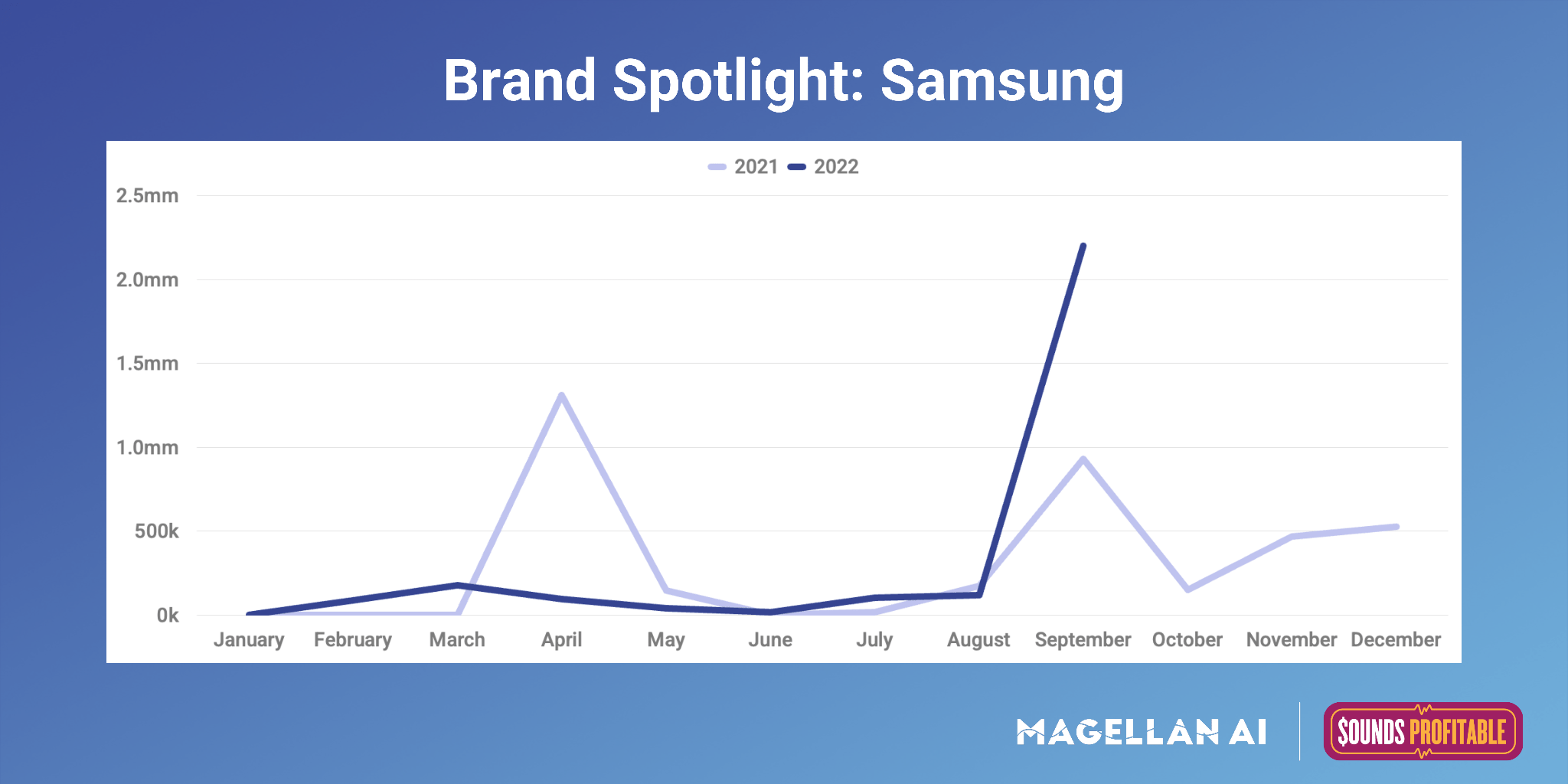
This week we are highlighting the Consumer Electronics Industry which increased its spend by 78% between August and September 2022. This is an increase 5x greater than what we detected during the same periods in 2021.
Digging a little more into the industry, we can get a better idea which brands contributed to the increase. Overall the greatest increase in spend came from Samsung which spent over $2mm in September, a 20x increase compared to the prior month. Other brands like Google and T-Mobile were also big spenders in September, though their activity has been much more consistent month-to-month.
Interested in more insights like this? Sign up to join the 15-minute monthly market update
Anatomy of an Ad with ThoughtLeaders

Sponsoring brand: Firstleaf
Where we caught the ad: An Acquired Taste Podcast
Who else has sponsored this podcast? Upside, Liquid IV, Solo Stove, Green Chef
Where else has this brand appeared? Chatty Broads with Bekah and Jess, Tin Foil Hat with Sam Tripoli, The Sunday Scaries, The Viall Files
Why it works: The hosts of the An Acquired Taste Podcast definitely know how to nail an ad-read. They present the brand and its products in the same style as the rest of their content, they touch on pain points that are relevant to their audience, and their humor makes you completely forget that you are listening to a promotion. Not to mention – the personal anecdotes that are added throughout make the sponsorship sound more seamless and natural.

